Treviso is a charming Italian city in the northeastern Veneto region. It offers many reasons to visit. Known for its picturesque canals, stunning architecture, and delicious cuisine, Treviso is an ideal destination for travelers seeking a slice of authentic Italy. Strolling through the city’s historic center, you’ll encounter well-preserved medieval walls surrounding beautiful cobblestone streets lined with centuries-old buildings.
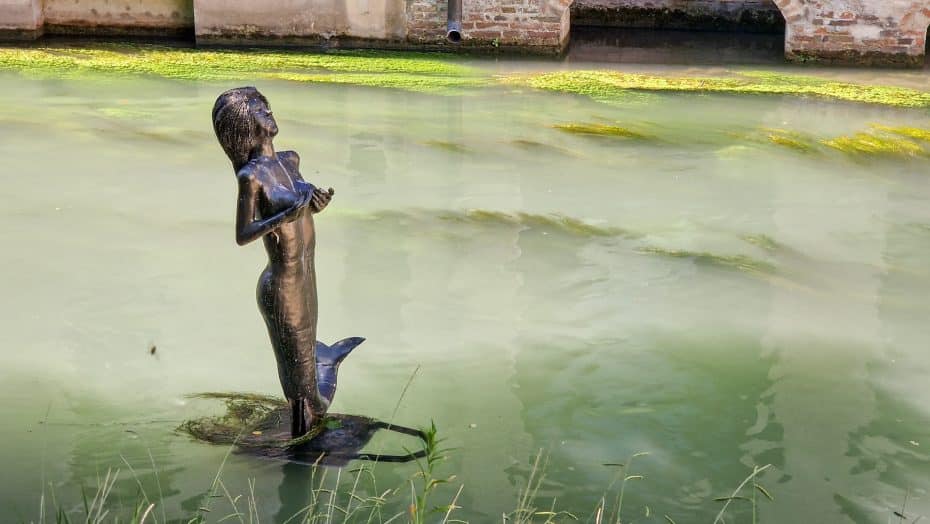
The city is also renowned for its contributions to Italian culinary culture. Prosecco, the famous sparkling wine, originates from the hills surrounding Treviso. Food lovers will enjoy tasting traditional tiramisu, which was invented here. Additionally, the city’s fish markets and traditional trattorias allow visitors to savor fresh seafood and genuine pizza al forno.
10 Facts About Treviso to Inspire Your Travel Spirit
Treviso is full of surprises and lesser-known facts that make this Italian city truly special. From its medieval streets to the secret stories hidden within its walls, here are the top 10 things you probably didn’t know about Treviso.
1. Prosecco: The Sparkling Companion
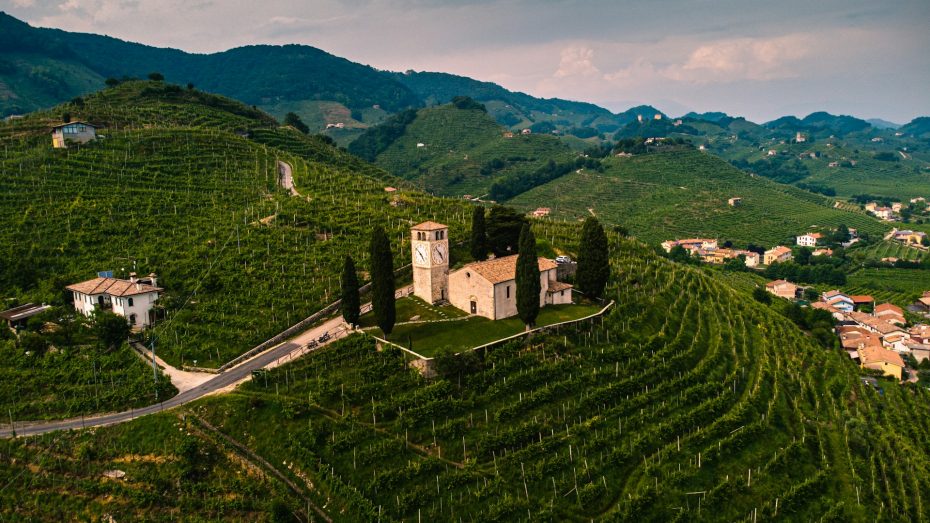
Other than medieval walls and waterways, Treviso is also the home to Prosecco, Italy’s sparkling jewel. Pay attention to the label if you’re curious about this beloved bubbly! Prosecco must come from the protected Veneto region to truly bear its name. This rule came into play in 2009 when Prosecco was awarded the coveted Protected Designation of Origin (PDO) status.
Here’s a fun fact: Did you know the key grape variety used in creating Prosecco is Glera? It has been grown in the Veneto region for hundreds of years and is considered the backbone of Prosecco’s light, refreshing flavor. It’s not just any sparkling wine; there’s a method to this fizzy madness called ‘Metodo Italiano,’ sometimes referred to as the Charmat method. This technique involves a second fermentation in large steel tanks, which gives Prosecco its signature effervescence.
The popularity of Prosecco has skyrocketed over recent years. One sip, and it’s easy to see why: it’s affordable yet feels fancy!
Grab a bottle of Treviso’s finest Prosecco if you’re trying to impress at your next dinner party without breaking the bank. It pairs beautifully with nearly anything light and savory – think seafood or a crisp summer salad.
2. Treviso’s Origins: A Tale of Three Faces
Treviso’s name dates back to ancient times and is tied to a bit of a linguistic mix-up. Back then, words and names often morphed in curious ways. It has often been mistakenly thought to stem from the Italian for ‘three faces’ (tre visi).
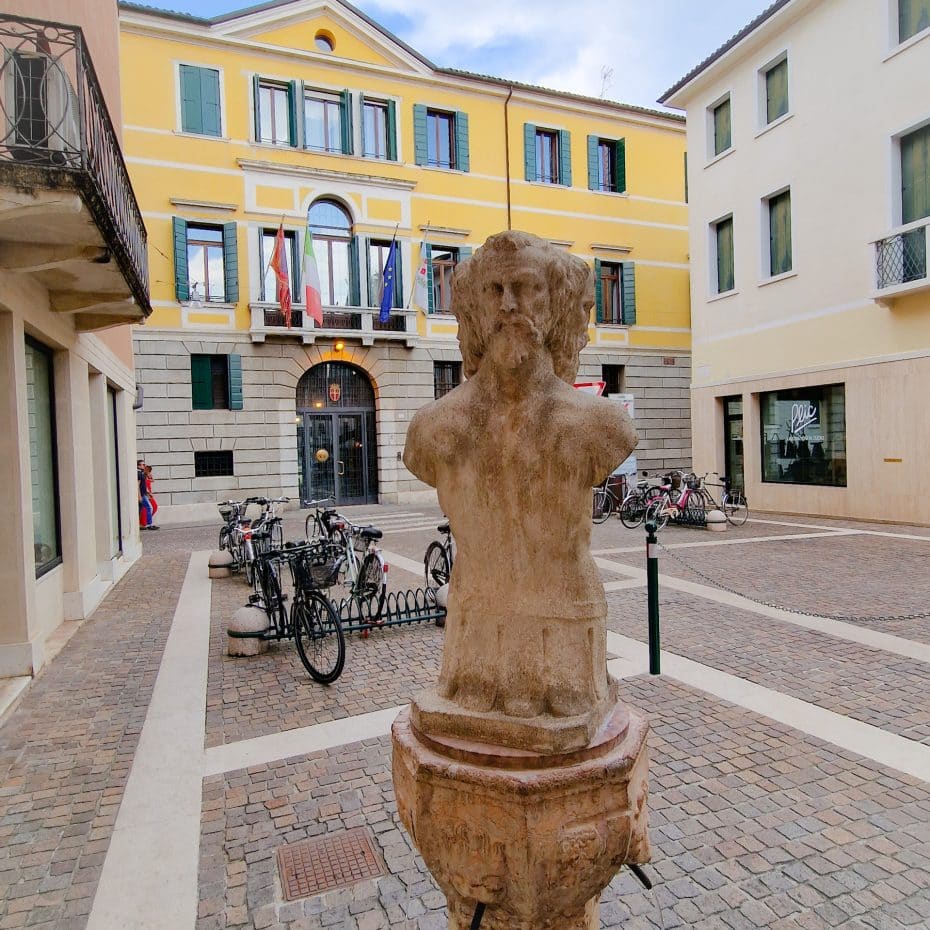
However, most historians agree Treviso’s name stems from the word “Tarvisium,” a term possibly linked to Celtic roots.
3. River Sile & Venice-Style Canals
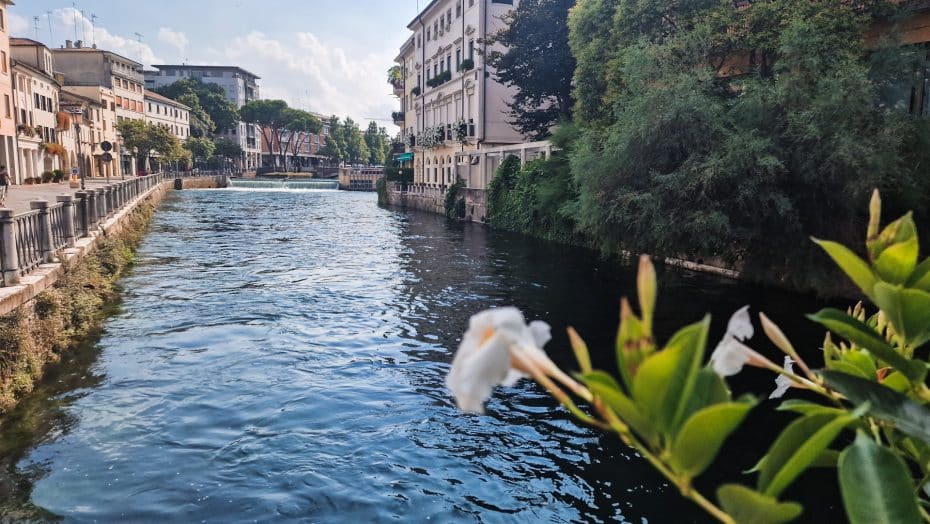
Treviso is crisscrossed by canals fed by the Sile River. These waterways have played a key role in local trade and agriculture since medieval times. Remarkably, some of the ancient watermills, once central to the production of flour, still exist today.
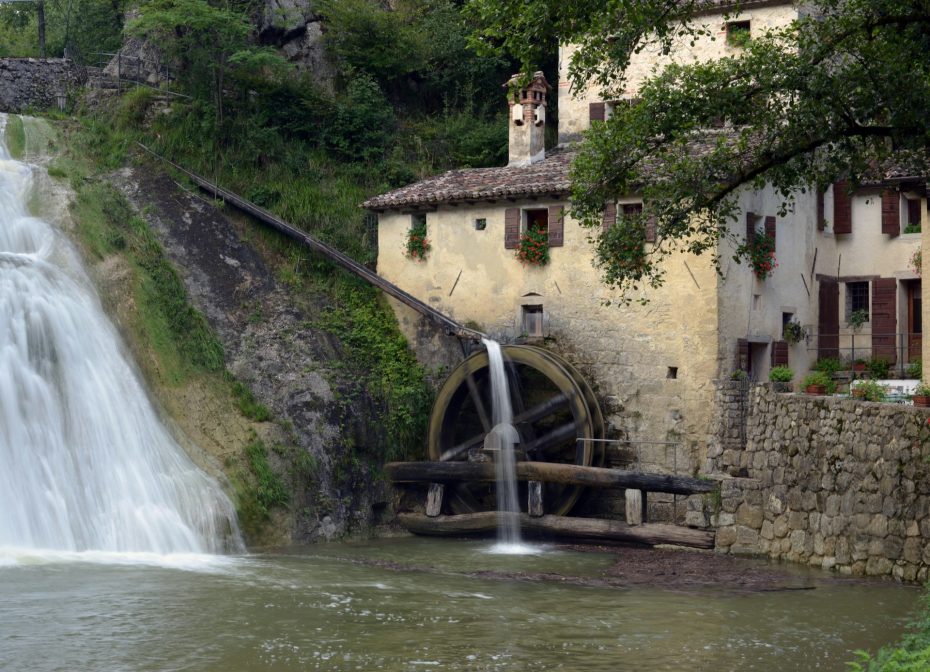
The Sile River is a natural wonder you shouldn’t miss when visiting Treviso. Not just a picturesque backdrop, it supports an incredible variety of plants and animals along its banks. In fact, this river is so important for its ecological value that it was designated as a regional natural park, Parco Naturale Regionale del Fiume Sile. This park offers quiet spots for anyone looking to escape into nature and watch local wildlife in their natural habitat.
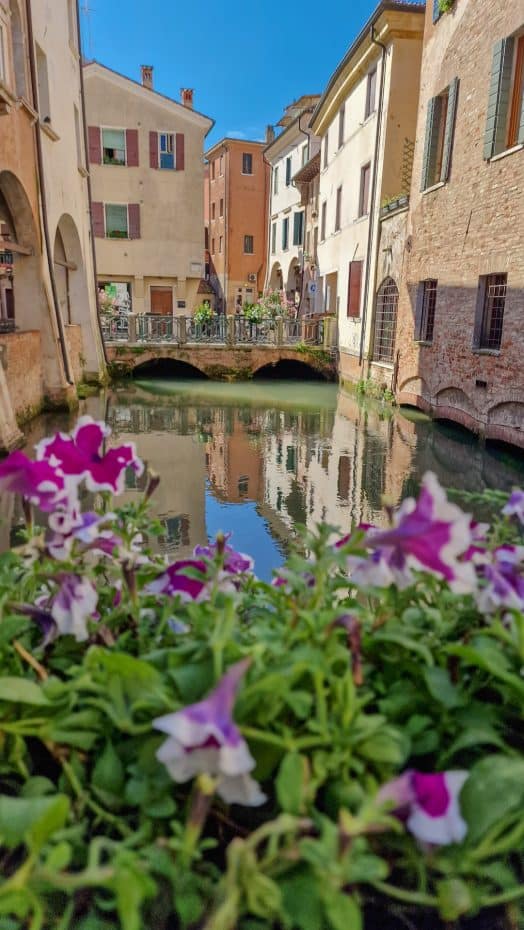
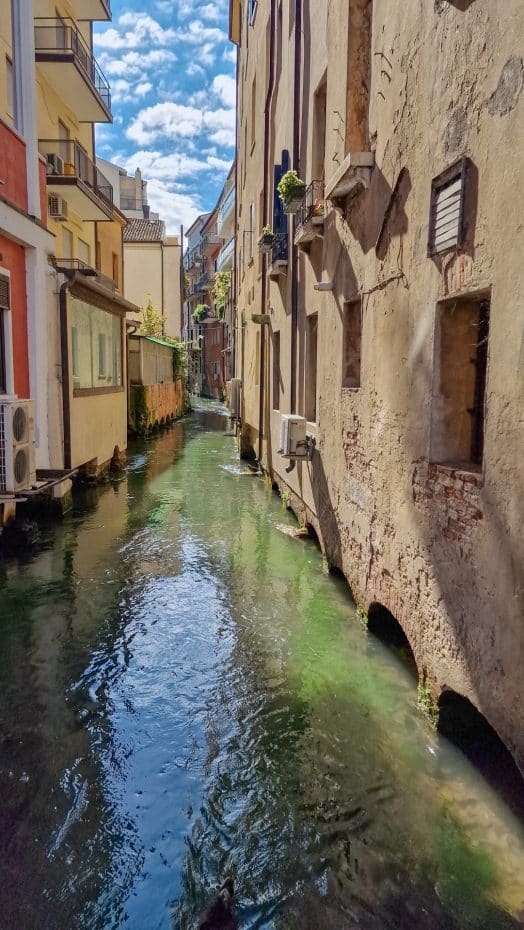
Lesser known than Venice but just as charming, Treviso’s network of canals and ancient waterwheels add serene beauty to this historic town. The meandering canals, with their clear water, reflect the sky above and the vibrant colors of buildings beside them. If you peek into their crystal-clear waters, you might even see freshwater fish swimming around.
4. Medieval Walls Surround the Old Town
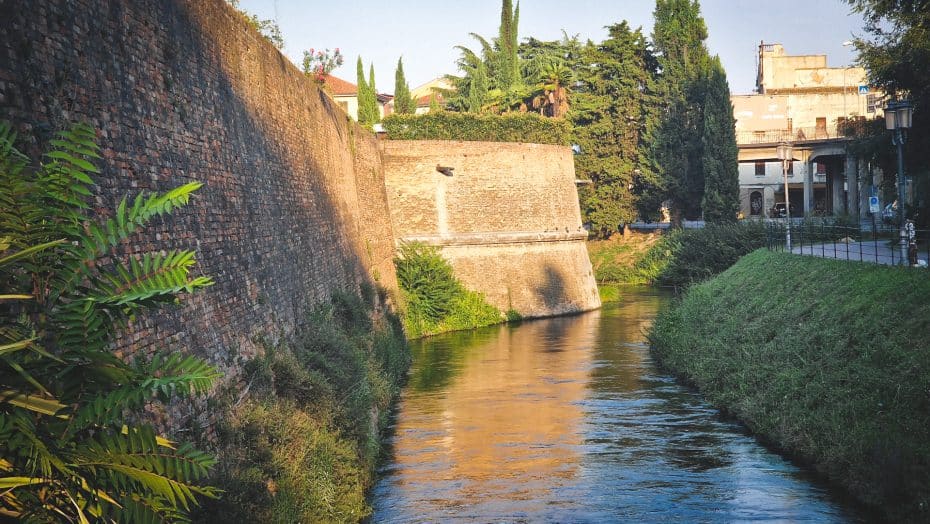
Treviso’s Old Town is surrounded by medieval walls, which have stood the test of time since their construction. While much of the fortification dates back to the 15th century, its origins can be traced even further to the Roman era. However, it was during the period between 1509 and 1512 that these walls were strengthened to defend against the League of Cambrai.
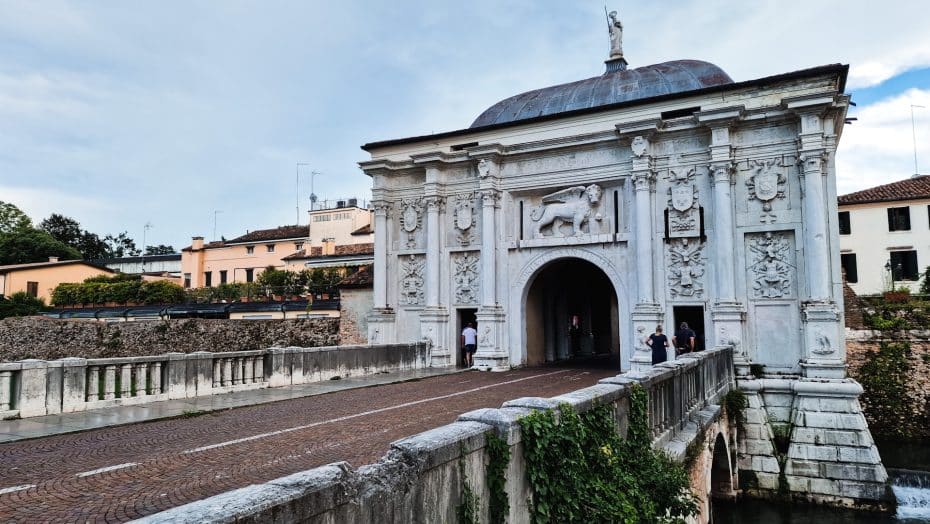
Visitors today can easily spot the well-preserved gates, such as the imposing San Tomaso Gate, which served as an important access point to the city.
5. The Original Tiramisu
Tiramisù has a debated history, but many agree it was first whipped up in Treviso during the 1960s. The credit often goes to chef Roberto Linguanotto, who worked at Le Beccherie. The original recipe called for simple, high-quality ingredients like fresh mascarpone cheese, eggs, sugar, coffee, ladyfingers, and a dusting of cocoa powder.

The dessert’s fame grew quickly as people fell in love with its delicate balance of flavors and textures. Despite numerous variations today, traditionalists argue that the true Tiramisu must adhere to a precise layering: first, the ladyfingers are dipped in coffee, then covered by a rich blend of mascarpone cheese mixed with beaten egg yolks and sugar, finished with a dusting of cocoa powder. Even the coffee used is specific—ideally, a strong brew such as an Italian espresso, which perfectly complements the creamy layers.
Adherence to the original method of making Tiramisu is still seen today in Treviso’s pastry shops.
6. Piazza dei Signori: Treviso’s Heart
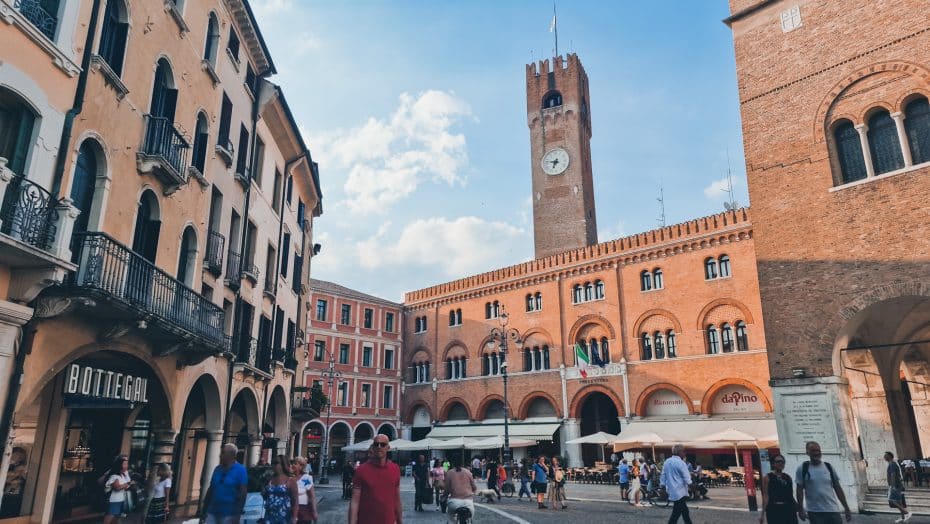
Piazza dei Signori, with its iconic palaces and clock tower, has been the focal point of Treviso since medieval times. The square got its current shape in the Renaissance when the most notable buildings, including the Palazzo dei Trecento and the Palazzo del Podestà, were either built or received significant upgrades. These structures have witnessed countless events over the centuries, including gatherings, markets, and even knight tournaments.
During the 15th century, this square hosted the local government power, where important decisions were made and justice was administered. The clock tower is a reminder of Treviso’s past; it ceremoniously chimes every hour as it has done for centuries.
7. Treviso: Uniting Colors since the 1960s
United Colors of Benetton, a globally recognized fashion company, was birthed in the small Italian town of Treviso in 1965. Luciano Benetton, the eldest of four siblings, spearheaded the venture after selling a younger brother’s bicycle to buy a knitting machine. This marked the start of their journey, with a simple collection of sweaters that quickly gained traction, leading to the opening of their first store.
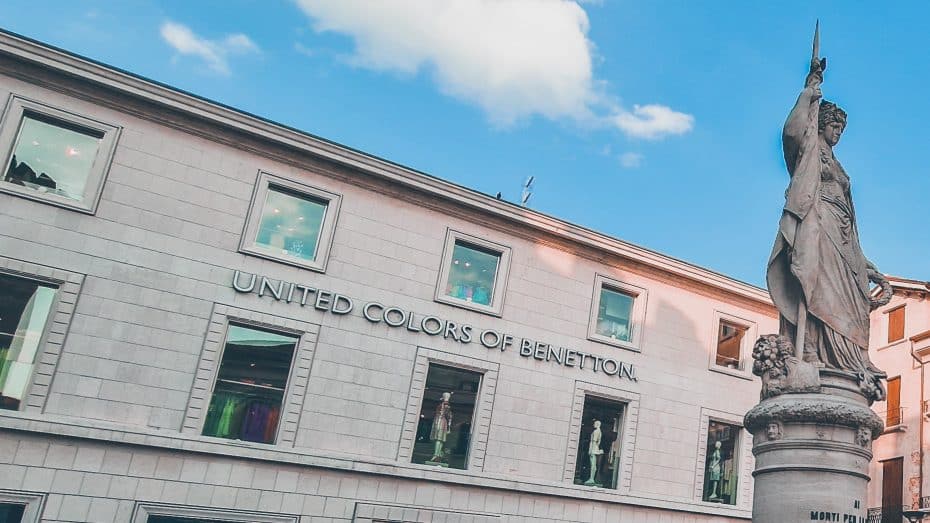
The brand became famous for its vibrant color palettes and inclusive approach. Their advertising campaigns, often centered around social issues (like racial diversity and AIDS awareness) and provocative imagery, broke the mold and drew both praise and criticism globally.
If you find yourself in Treviso and have an interest in fashion, the flagship store of this iconic brand awaits in a renovated palazzo at Piazza Indipendenza, 5.
8. Treviso’s Famous Radicchio: Not Just A Pretty Red Lettuce
Treviso’s radicchio might fool you with its deep purple leaves and white veins – it’s much more than just a pretty face on the salad plate. This vegetable, which resembles a small red octopus, is a true culinary delight in this part of Italy. It stars in several mouthwatering Italian dishes, such as the popular risotto al radicchio and insalata di radicchio.
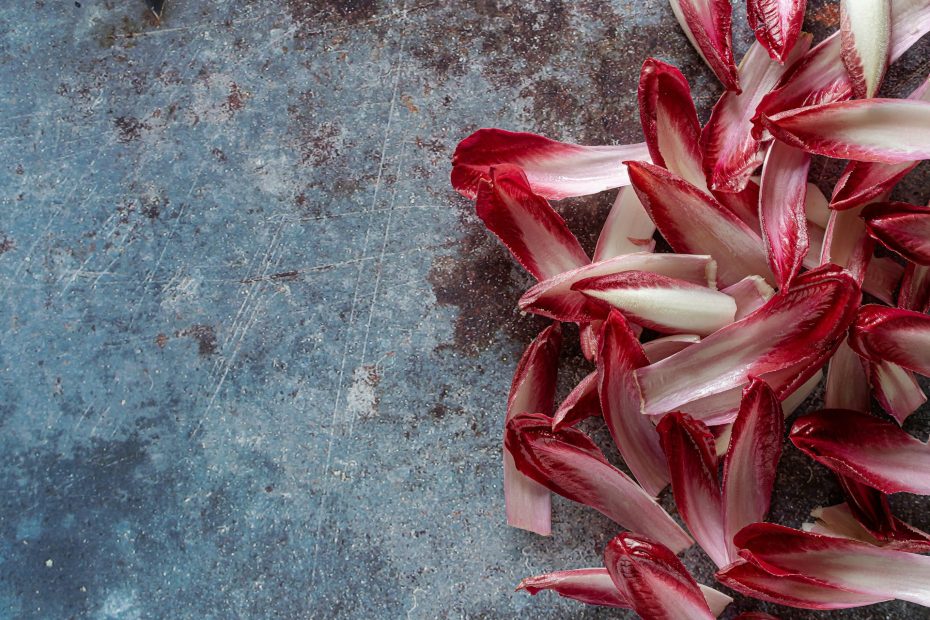
The renowned radicchio di Treviso has a somewhat murky yet interesting history stretching back to the 16th century. Its origin stories range from birds that supposedly dropped seeds on the town of Dosson’s church steeple long ago to monks who discovered and cultivated the Winter Flower or even chance findings of spontaneous growth along ditches.
However, the most popular theory is the tale of a farmer who had accumulated several wild radicchios in his wheelbarrow. Left forgotten, they began to rot until one day when peeling off the outer spoiled leaves, he was surprised to find at its heart a perfectly healthy and vividly red chicory.
In the 19th century, Belgian agronomist Francesco Van den Borre used an innovative technique called “imbianchimento” or “whitening” to reduce bitterness and improve vibrant color.
9. Beauty and the Breasts

In Treviso, a most unusual fountain catches the eye – the Fontane delle Tette. This 16th-century creation was originally designed in 1559 by order of the Venetian governor. The purpose? To provide wine during public festivities! Constructed from stone, the original fountain had water trickling from one breast and wine flowing from the other.
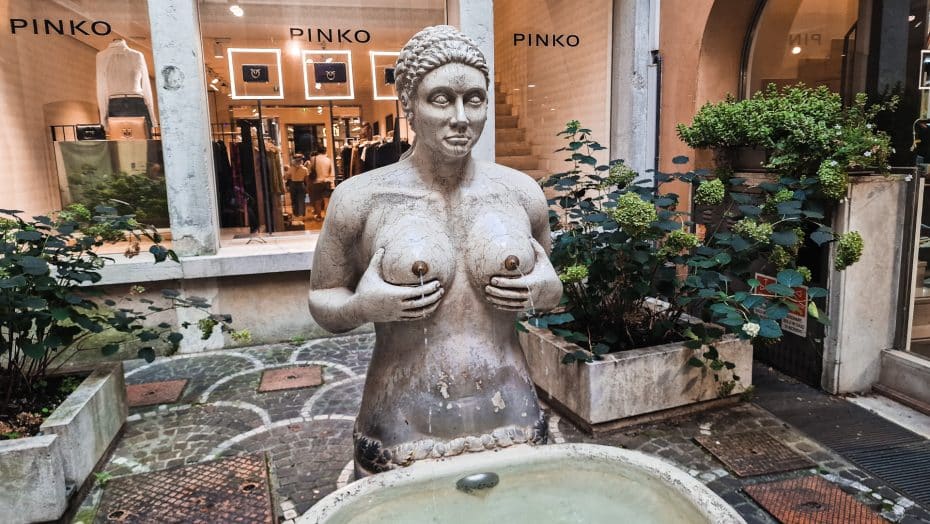
Centuries later, in 1989, a fresh version of Fontane delle Tette was created by sculptor Toni Benetton. True to its name, which translates to ‘Fountain of the Breasts,’ this modern adaptation located in a small court in Via Calmaggiore maintains the tradition by dispensing water from its chest.
For another example of a breast-grabbing sculpture, check out the mermaid fountain near the Fish Market shown at the beginning of this article.
10. A Much Cheaper Alternative to Venice
Treviso is a more affordable alternative to its famous neighbor, Venice. With average accommodation costs about 30-50% less than those in Venice, visitors can save significantly by staying in Treviso. A typical hotel room might cost you between €50 and €100 per night in Treviso compared to €150-€200 per night in Venice. Besides being budget-friendly, Treviso offers a more authentic Italian experience as it is less crowded and retains its traditional charm.
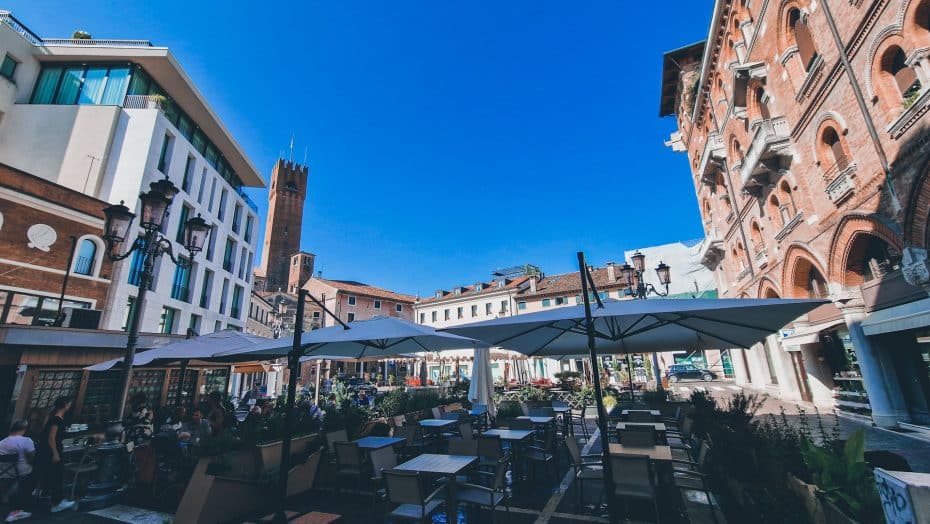
Treviso’s restaurants and cafes provide great value for money. With a meal costing around €12-€15 per person and drinks averaging €3-€5 each, you can enjoy local cuisine without breaking the bank. In contrast, Venice’s dining options could set you back at least double that amount. Sightseeing within Treviso is also much more affordable; for instance, entrance fees for attractions such as the Treviso Art Gallery (Galleria d’Arte Moderna) typically range from €3 to €5.
The city of Treviso owes much of its accessibility and cost savings to its airport – the main entry point for low-cost carriers like Ryanair and Wizzair. These airlines significantly reduce airfare prices, making it an ideal destination for budget travelers. Furthermore, from this well-connected hub, travelers can easily access other places in Northern Italy (including Venice) through the regional train network that services both cities at very reasonable rates.
In conclusion, Treviso offers a refreshing and authentic Italian experience that surpasses expectations. With its serene canals reminiscent of Venice but without overwhelming crowds, Treviso invites travelers to discover its quiet charm, stunning, frescoed churches, and picturesque streets at a relaxed pace.


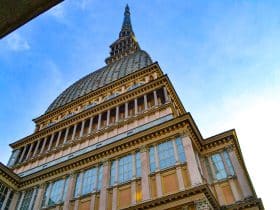

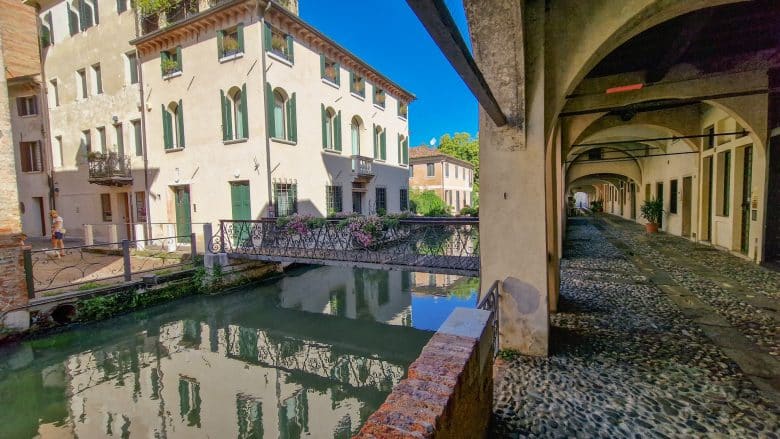

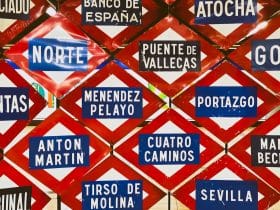
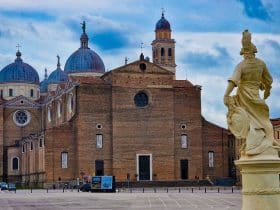












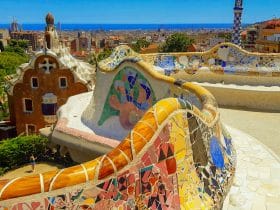

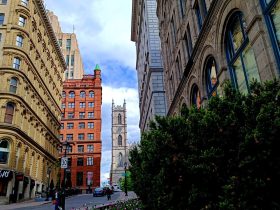
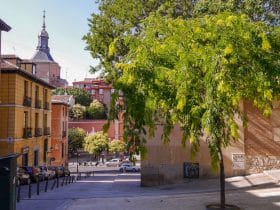
Leave a Reply
View Comments